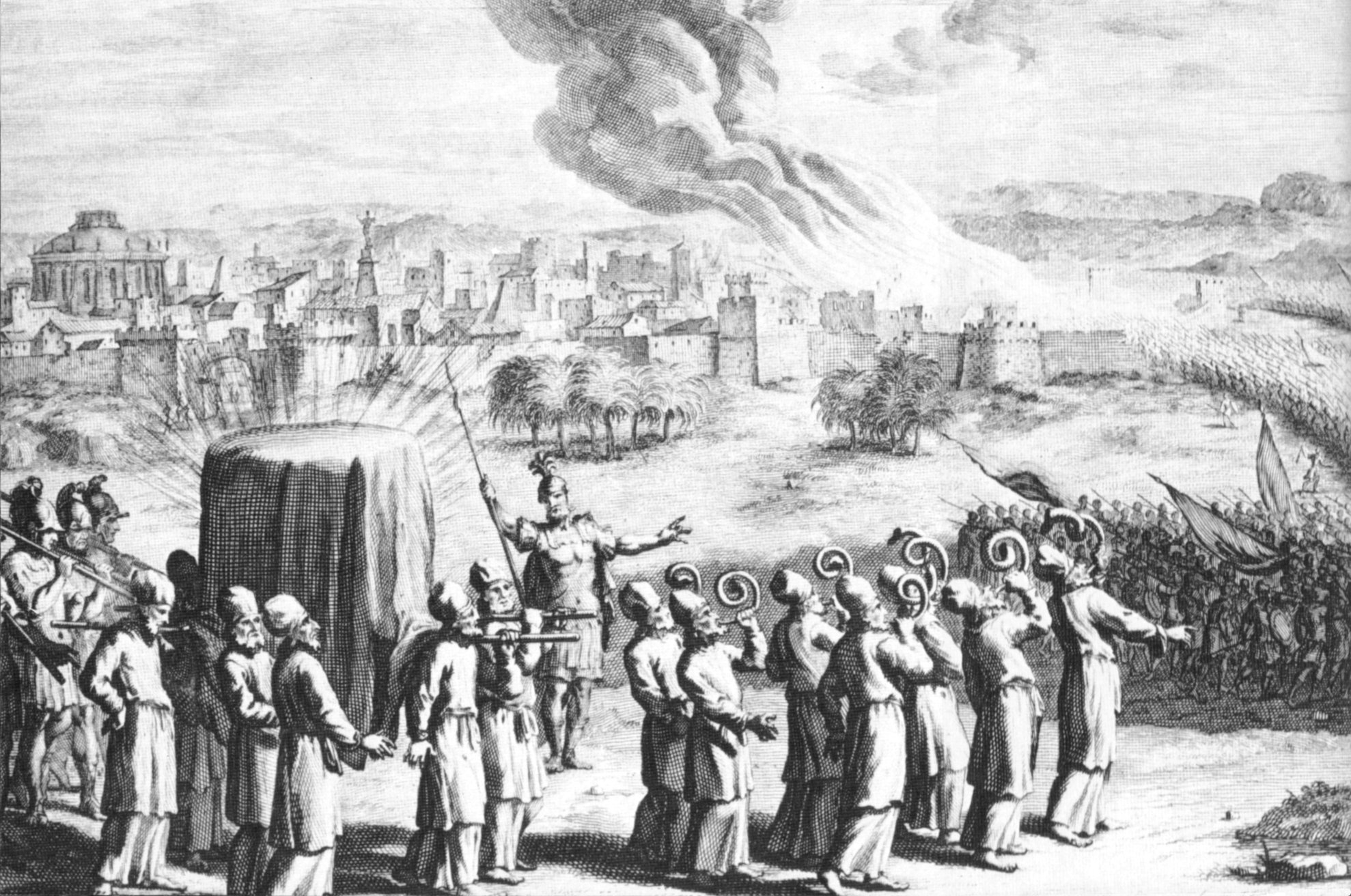Mar 31, 2025
Mar 31, 2025
 The Ark of the Covenant with Gold Vessel of Manna and Aaron’s Blossoming Staff
The Ark of the Covenant with Gold Vessel of Manna and Aaron’s Blossoming Staff











10-Apr-2013
More by : Anonymousfor JoshuaMessiah

|
"Actually, Daniel and I packed our 7 Spirits; e.g., 1st Spirit – gold Mercy seat, 2nd Spirit – gold Ark of the Testimony, 3rd Spirit – gold Table for the Shewbread, 4th Spirit – gold Candlestick, 5th Spirit – gold Ephod-Girdle, 6th Spirit – gold Breastplate, and our 7th Spirit – gold Altar of Incense (4 horns), together with Moses' skeleton and Torah scroll (2 horns), inside our brass Altar of Burnt Offering (4 horns), and cemented with Pozzolanic concrete that same 10 horns Mishkan inside eastern Scroll Trench, capping them with Heelstone. Are they still there; below Ezekiel's lion head, calf head, man face, and flying eagle; below Daniel's lion head, eagle's wings, bear head, and leopard head? 'Yes, that 10 horns Mishkan still is, even Ezekiel's iron wheels', confirmed Kate Davies, general manager of Stonehenge. Go figure? Shofar." G-D |

|
The Ark of the Covenant is was created to reveal the spiritual principles which are at the foundation of building just power; prosperity and peace: A literal allegory like virtually all scriptures: The Ark of the Covenant is only the last of three arks credited with participation in several "miraculous incidents" mostly military victories but the "weak component" was the Israelites lack of faith; unwillingness to commit; and failure to live up to the agreement{Covenant} they had made with the GOD of Abraham; Isaac; and Jacob. The philistines eventually defeated them in a battle and took possession of the vessel {Ark}; but it became a curse to them and they begged Israel to take it back with a trespass offering (1 Samuel 4: All) & (1 Samuel 5: All) & (1 Samuel 6: All) &(1 Samuel 7: 1) |

|
To be continued |